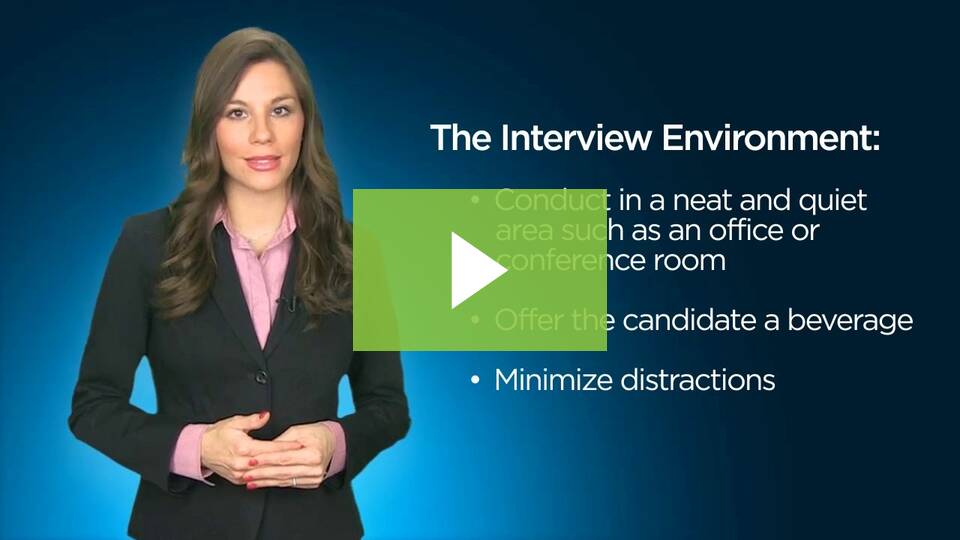Temporary COVID-19 Relief for Section 125 Plans
|
|

On Feb. 18, 2021, the IRS released Notice 2021-15 to clarify special rules for Section 125 plans, health flexible spending arrangements (FSAs) and dependent care assistance programs (DCAPs).
Special Rules for Health FSAs and DCAPs
The Notice is intended to clarify the application of special rules for health FSAs and DCAPs under the Consolidated Appropriations Act, 2021 (CAA). The CAA provides flexibility for carryovers of unused amounts, extends the time period for incurring claims, allows post-termination reimbursements from health FSAs and provides special rules for dependents who “age out” of DCAP coverage during the COVID-19 public health emergency. The Notice provides details and examples regarding these rules.
Section 125 Mid-year Election Changes
The Notice’s relief for mid-year Section 125 plan elections for plan years ending in 2021 is similar to prior guidance for 2020. Section 125 plans may allow employees to make or revoke election changes in certain circumstances.
The Notice clarifies that employers can decide how long to allow mid-year election changes with no change in status during the plan year and can limit the number of election changes during the plan year that are not associated with a change in status.
Over-the-Counter Drugs
The Notice also provides relief with respect to plan amendments expanding reimbursable expenses for health FSAs and HRAs to include over-the-counter drugs and menstrual care products. Amendments to these plans must normally be made on a prospective basis, but these amendments may allow these reimbursements beginning on or after Jan. 1, 2020.
|
|
Top 10 Workplace Discrimination Claims
|
|

In the 2020 fiscal year, the Equal Employment Opportunity Commission (EEOC) resolved more than 70,804 charges of workplace discrimination. Discrimination lawsuits can be very time-consuming and expensive for employers, and can result in a loss of employee morale or reputation within the community.
Top Causes of Discrimination
According to the EEOC, the following are the top 10 reasons for workplace discrimination claims in fiscal year 2020:
- Retaliation—37,632 (55.8% of all charges filed)
- Disability—24,324 (36.1%)
- Race—22,064 (32.7%)
- Sex—21,398 (31.7%)
- Age—14,183 (21.0%)
- National Origin—6,377 (9.5%)
- Color—3,562 (5.3%)
- Religion—2,404 (3.6%)
- Equal Pay Act—980 (1.5%)
- Genetic Information—440 (0.7%)
These percentages add up to more than 100% because some lawsuits were filed alleging multiple reasons for discrimination.
Steps for Employers
Employers should consider the following steps to protect themselves from retaliation and other discrimination claims:
- Audit their practices to uncover any problematic situations.
- Create a clear anti-retaliation policy that includes specific examples of what management can and cannot do when disciplining or terminating employees.
- Provide training to management and employees on anti-retaliation and other discrimination policies.
- Implement a user-friendly internal complaint procedure for employees.
- Uphold a standard of workplace civility, which can reduce retaliatory behaviors.
For more information and for tips on how to protect your business, reach out today.
|
|
Benefits Education for Young Employees
|
|

Employee benefits aren’t always simple. In fact, for many young employees, they’re downright confusing. Look at basic health insurance term knowledge, for example. Only 7% of individuals can define terms like premium, deductible and coinsurance, according to UnitedHealthcare. Here are five ways you can start informing young employees about their benefits right away:
1. Start with benefits 101—Start educating with benefits 101 initiatives, assuming employees have no base knowledge. Resources in this area cover insurance basics, such as common terms, group health coverage ins and outs, and enrollment period restrictions.
2. Explain what’s in it for them—At the core of any transactional conversation is the question of “What’s in it for me?” Employees, especially younger ones, will undoubtedly want to understand why it’s worth it to learn insurance basics.
3. Vary the messaging—Use several formats to help reinforce benefits literacy among employees and capture more attention. Examples include email announcements, PowerPoints, videos, mail-home flyers, posters and comprehensive packets.
4. Don’t stop educating—Benefits literacy isn’t something achieved overnight. Rather, it should begin immediately and continue year-round.
5. Be there for questions—Have a dedicated person on the HR team help answer benefits-related questions. This individual should be available to respond to emails as well as attend in-person or virtual meetings.
You have a responsibility to educate your employees about their benefits. Young employees can’t be expected to understand their benefits nor make wise health care choices if they don’t understand benefits basics. Reach out for sample employee education materials.
|
|
How to Conduct a Job Interview
|
|
The most important tasks in conducting a job interview are preparing questions and evaluating candidate answers. However, there are other key items you can attend to that will ensure a successful job interview. Learn the action steps you need to know by watching the video below.

|
|
|
|